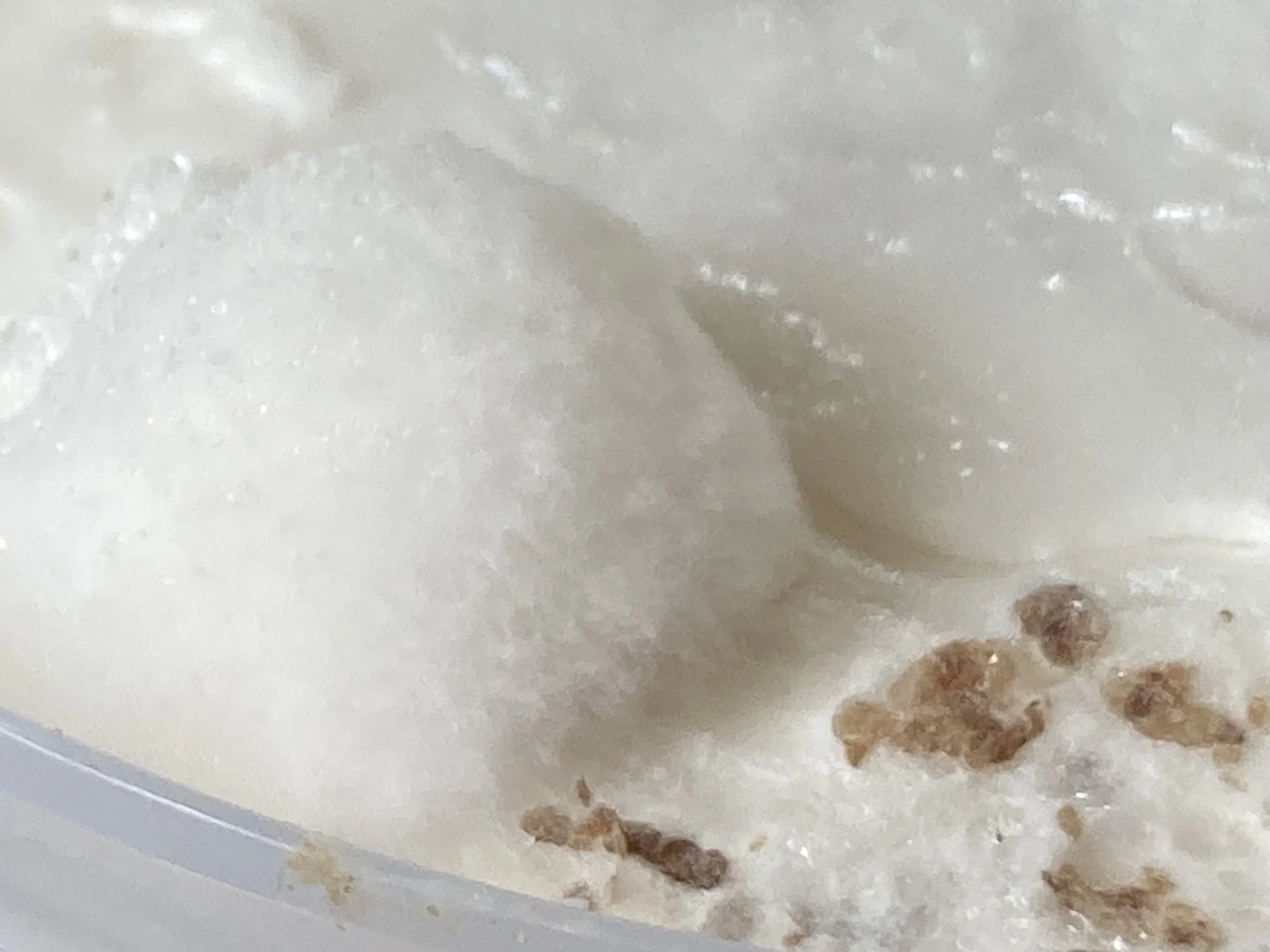Cobweb Mold in Your Mushrooms? Likely Not.
This is healthy mycelium in the tomentose (cottony) form of Pioppino (Agrocybe aegerita).
Demystifying Cobweb Mold In Mushroom Growing
Bottom Line: Healthy mycelium comes in many forms, even in the same container. The cottony form of mycelium is often confused as mold by new growers on the lookout for contamination. “Cobweb” molds are quite rare in mushroom growing, and it’s almost certainly a cottony, or tomentose, form of your mycelium. Further confounding new growers, healthy mycelium often has a stringy, web like pattern that is not mold at all, but is rather a form of healthy mycelium known as rhizomorphic mycelium. Read on for more guidance.
Not cobweb mold. Healthy Beech mycelium (Hypsizygus tessulatus) growing in a RyzaPod shows multiple forms of mycelium, including the classic rhizomorphic in bright white, and cottony forms in gray.
Introduction: Mushroom cultivation is an exciting journey, but it can also be filled with uncertainties, especially for new growers. A common concern among beginners involves distinguishing between various mycelial growth forms, such as rhizomorphic and tomentose, and the feared cobweb mold, or cobweb fungus. Many growers assume cobweb mold looks like spider web with individual strands, but in fact cobweb mold is usually a darker grey, is generally quite fluffy with very thin strands, and tends to sit on top of the substrate, as opposed to being well colonized within the substrate .
Not cobweb mold. A local area of tomentose, or cottony mycelium appears amid another form of mycelium, called overlay. These are both healthy forms of mycelium of the same species, Pink Oyster (Pleurotus djamor).
Today, we're here to address this confusion and reassure you that what you're likely observing is a natural aspect of mushroom growth, not a harmful invader.
The Misunderstood Mycelium
Mycelium, the vegetative part of a fungus, exhibits diverse growth patterns. Two common forms are rhizomorphic, characterized by its root-like and stringy structure, and cottony or tomentose, which appears more fluffy and less structured. New growers often mistake the latter for cobweb mold, leading to unnecessary worry, and others wonder about the difference of tomentose vs rhizomorphic mycelium.
Cobweb Mold: A Rare Occurrence - contrary to popular belief, cobweb mold is comparatively rare in mushroom cultivation. It's a type of mold that appears thin and wispy, similar to cobwebs or dust bunnies. Further confusing to new growers, surface forms of rhizomorphic mycelium can appear to also look like cobwebs too. However, its presence in well-maintained cultivation setups, like those using RyzaPods, is uncommon. In fact, we have never encountered it in the cultivation of hundreds of RyzaPod mushroom grow kits, so we don’t have any photos of it.
Tomentose Mycelium: Natural and Healthy: When you observe a light, fluffy form of mycelium, it's usually a tomentose growth, particularly if it’s white in color and not a dark gray or black. This is a healthy and natural part of the mushroom's development. Tomentose mycelium is often seen in different stages of the mushroom growth cycle and is an indicator of good environmental and growth conditions in your RyzaPod.
Identifying Cobweb Mold: If you're still concerned about cobweb mold, there are a few key differences to look out for. Cobweb mold tends to overtake the substrate rapidly, is grayish or black in color, and can be distinguished by its spiderweb-like appearance. If disturbed, it also tends to become airborne easily, unlike the more robust mycelium forms. It generally sits lightly on the substrate surface, it' doesn’t deeply colonize the substrate.
Final Thoughts:
Understanding the nuances of mycelium growth forms is crucial for any mushroom cultivator. Remember, encountering a tomentose form of mycelium is usually a sign of a healthy and thriving mushroom culture. At Ryza, we encourage our community of growers to embrace these learning experiences and enjoy the fascinating world of mushroom cultivation.
However, it's also important to be vigilant for clear signs of mold or other contaminations. These signs include unusual colors like green, black, or bright yellow, and a slimy or overly wet substrate surface. Such indications often point to contamination, requiring immediate attention to prevent the spread and to protect your other mushroom growing efforts. You can always email us with pictures and questions.
For a deeper dive into the world of mycelium, Growing Gourmet and Medicinal Mushrooms 3rd Edition, by the renowned mycologist Paul Stamets is an invaluable resource. In this comprehensive guide, Stamets discusses the many forms that mycelium can take, specifically on pages 101-104, offering insights that are both practical and enlightening for growers at all levels.
You can always contact us with questions. Keep growing, keep learning, and trust in the natural beauty of mycelium!


